Stellar streams were remnants of two galaxies
The earliest building blocks of the Milky Way have been discovered near its galactic heart. Astronomers used the Gaia Space Telescope to see some of the first building blocks of the Milky Way galaxy: two ancient streams of stars called Shakti and Shiva that helped our home galaxy grow and evolve more than 12 billion years ago.
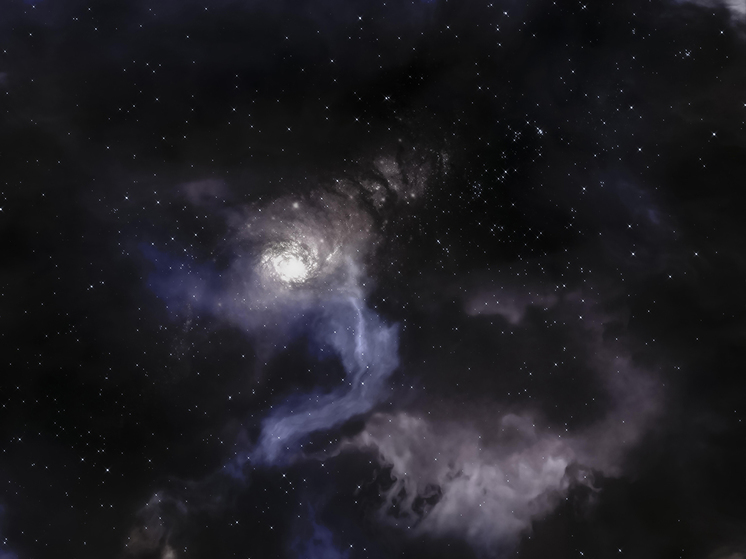 Photo: freepik.com
Photo: freepik.com
Named after Hindu deities, the star streams appear to be the remnants of two galaxies that merged with an early version of the Milky Way between 12 and 13 billion years ago, when the first galaxies were forming throughout the cosmos. The structures are so ancient that they formed long before the oldest parts of the famous spiral arms and the central disk of the Milky Way, says CNN.
A study detailing the observations appeared recently in the Astrophysical Journal.
«What's truly amazing is that we can detect these ancient structures at all,» said lead author Dr. Hyati Malhan, a graduate student and Humboldt Fellow at Stockholm University in Sweden. – The Milky Way has changed so significantly since these stars were born that we wouldn't expect to recognize them as a group so clearly, but the unprecedented data we're getting from Gaia makes this possible.
According to researchers, observing the stellar wonders of Shakti and Shiva could help astronomers unlock the secrets of the earliest days of the Milky Way galaxy and the evolution of similar massive galaxies throughout the cosmos.
The Gaia space telescope, launched in 2013 by the European Space Agency , began observing the universe the following year. Astronomers have used Gaia observations to discover previously unknown structures in the Milky Way, helping them piece together the history of the galaxy. The telescope's dataset also provided astronomers with information about the locations, distances and movements of nearly 2 billion stars in the galaxy.
In 2022, study co-author Hans-Walter Rix and his colleagues used the Gaia telescope to peer into the heart of the Milky Way and discovered the oldest stars ever found in the galaxy during their «galactic archaeology» observations. An analysis of data on nearly 6 million stars observed by Gaia and the Sloan Digital Sky Survey revealed two streams that appear to stand out from the rest.
The survey data contained detailed information about the chemical composition of the stars, CNN explains.
«We observed that for a certain range of metal-poor stars, the stars were concentrated around two specific combinations of energy and angular momentum,» says Hyati Malhan.
Shakti and Shiva are located near the heart of the Milky Way, and each stream is estimated to have the mass of about 10 million suns. Here, all the ancient stars are similar in age, trajectory and composition, which helped astronomers determine that both streams were likely filaments from an external source that wove together and became part of the Milky Way.
Researchers compared Shiva's discovery and Shakti with the discovery of the original traces of an ancient settlement, which over time grew into a large modern city.
“The stars there are so ancient that they lack many of the heavier metallic elements created later in the life of the Universe. These heavy metals form inside stars and disperse into space when they die. The stars in the heart of our galaxy are poor in metals, which is why we called this region “the poor old heart of the Milky Way,” explains Hans-Walter Rix, director of the department of galaxies and cosmology at the Max Planck Institute for Astronomy in Germany. – Until now, we've only recognized these very early fragments that came together to form the ancient heart of the Milky Way. As for Shakti and Shiva, we now see the first fragments, which seem comparatively old, but are located further away. This marks the first steps in the growth of our galaxy to its current size.
The Milky Way started out small and grew in size as it merged with other galaxies, acquiring stars as well as hydrogen to form more stars. Every galaxy contains hydrogen gas, which fuels the birth of stars. When galaxies merge and collide, their clouds of hydrogen gas are destroyed, which can lead to a frenzy of star births.
Over time, the Milky Way's long filaments of gas and dust coalesced and led to the modern spiral structure of the galaxy today, CNN reports.
The Gaia telescope has already helped astronomers determine when the Milky Way experienced various merger events in the past, and future observations may provide more information.
“Uncovering more about the origins of our galaxy is one of Gaia's goals, and it certainly achieves it, comments Timo Prusti, Gaia project scientist at the European Space Agency, who did not host participation in the study. – We need to pinpoint the subtle but important differences between stars in the Milky Way to understand how our galaxy formed and evolved. This requires incredibly accurate data — and now, thanks to Gaia, we have this data. By discovering unexpected corners of our galaxy, such as the flows of Shiva and Shakti, we fill in the gaps and paint a more complete picture of not only our current home, but also our earliest cosmic history.








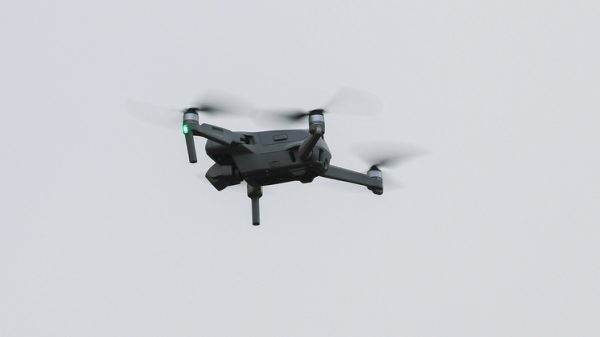










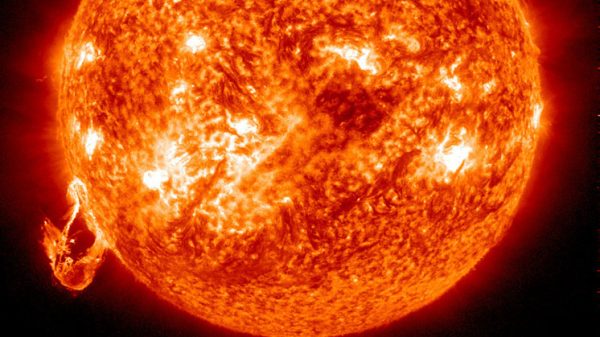










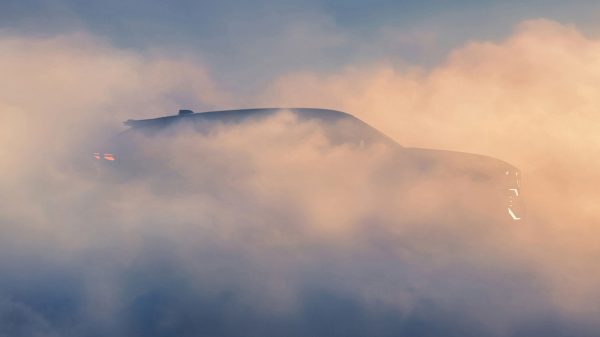






















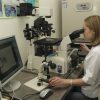




Свежие комментарии